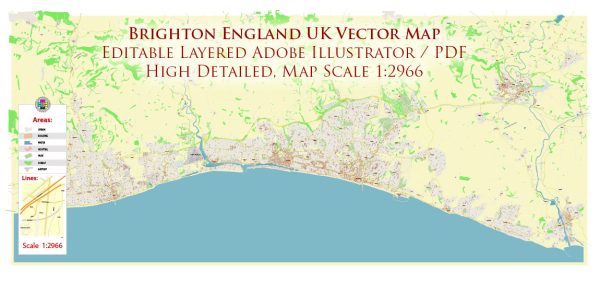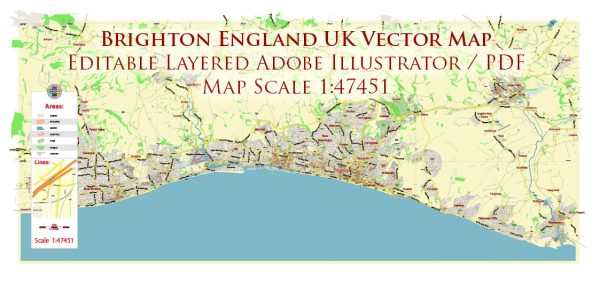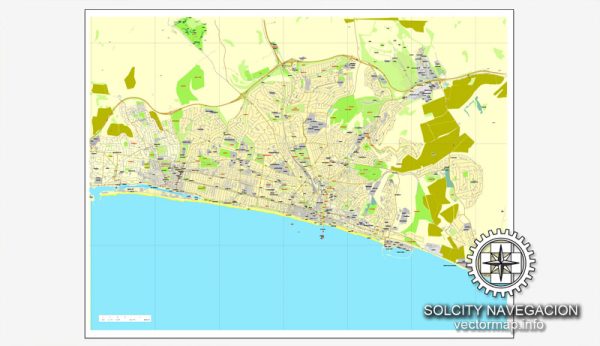The history of urban development in Brighton, UK, is a fascinating journey that spans centuries and reflects the city’s evolution from a small fishing village to a vibrant, cosmopolitan coastal destination. Here’s a brief overview of Brighton’s urban development history:
- Early History: Brighton’s history can be traced back to the Roman era, with evidence of early settlements in the area. However, it was a small fishing village known as Brighthelmstone in the early modern period.
- 18th Century: The city’s transformation began in the 18th century when the then Prince of Wales (later George IV) began visiting Brighton for its health benefits. His patronage led to the development of the Royal Pavilion, an iconic Indo-Saracenic-style palace, and the construction of the Chain Pier, the first of many piers in the city.
- Regency Era: Brighton’s popularity as a seaside resort surged during the Regency era, with the construction of elegant townhouses and terraces, such as the Brunswick Town development. The city’s urban landscape started to take shape as it attracted the upper and middle classes as visitors and residents.
- 19th Century: The city’s growth continued through the 19th century. The Victorian era saw the completion of the West Pier and the Palace Pier (formerly the Brighton Marine and Palace Pier). The town’s streets were expanded, and the railway connection to London in 1841 made Brighton more accessible, further increasing its popularity.
- Late 19th to Early 20th Century: The city’s urban development expanded with the construction of larger houses, hotels, and attractions. The Kemp Town and Kemptown districts were developed in the early 19th century, featuring grand Regency-style homes and squares. In the late 19th and early 20th centuries, electric tramways were introduced to enhance transportation within the city.
- 20th Century: Brighton experienced growth and changes throughout the 20th century. The city was heavily bombed during World War II, leading to the reconstruction of some areas, particularly the North Laine and the Lanes. High-rise developments, such as the Sussex Heights tower, began to appear in the mid-20th century. The city also became a popular destination for tourists and the LGBTQ+ community.
- Late 20th Century to Present: In more recent decades, urban development in Brighton has focused on preserving its historic charm while adapting to modern needs. The development of the Marina area brought new housing and leisure facilities, and the city’s cultural scene has continued to thrive with events like the Brighton Festival and the Brighton Fringe. The revitalization of the seafront has been an ongoing project, and sustainable development has gained importance.
Today, Brighton is known for its unique blend of history and modernity, with a diverse urban landscape that includes historic buildings, a lively arts and cultural scene, a thriving LGBTQ+ community, and a growing digital and creative sector. The city’s urban development is a testament to its resilience and adaptability, making it one of the most vibrant and culturally rich cities on the south coast of England.




 Author: Kirill Shrayber, Ph.D.
Author: Kirill Shrayber, Ph.D.